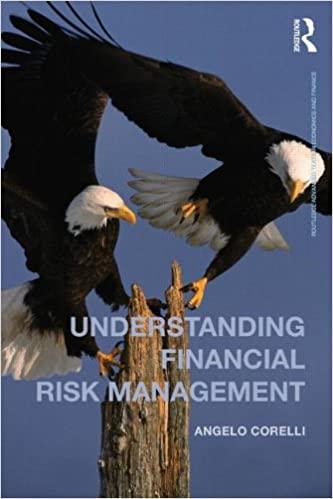

Suppose that the index model for stocks A and B is estimated from excess returns with the following results: RA3.28 + 1.10RMEA RB -1.4 + 1.25RM + e OM30%; R-squareA 0.28; R-square = 0.12 Assume you create a portfolio Q, with investment proportions of 0.40 in a risky portfolio P, 0.35 in the market index, and 0.25 in T-bill. Portfolio Pis composed of 70% Stock A and 30% Stock B. a. What is the standard deviation of portfolio Q? (Calculate using numbers in decimal form, not percentages. Do not round intermediate calculations. Round your answer to 2 decimal places.) Standard deviation b. What is the beta of portfolio Q? (Do not round intermediate calculations. Round your answer to 2 decimal places.) Portfolio beta c. What is the "firm-specific" risk of portfolio Q? (Calculate using numbers in decimal form, not percentages. Do not round intermediate calculations. Round your answer to 4 decimal places.) b. What is the beta of portfolio Q? (Do not round intermediate calculations. Round your answer to 2 decimal places.) Portfolio beta c. What is the "firm-specific" risk of portfolio Q? (Calculate using numbers in deci mal form, not percentages. Do not round intermediate calculations. Round your answer to 4 decimal places.) Firm-specific d. What is the covariance between the portfolio and the market index? (Calculate using numbers in decimal form, not percentages. Do not round intermediate calculations. Round your answer to 2 decimal places.) Covariance Suppose that the index model for stocks A and B is estimated from excess returns with the following results: RA3.28 + 1.10RMEA RB -1.4 + 1.25RM + e OM30%; R-squareA 0.28; R-square = 0.12 Assume you create a portfolio Q, with investment proportions of 0.40 in a risky portfolio P, 0.35 in the market index, and 0.25 in T-bill. Portfolio Pis composed of 70% Stock A and 30% Stock B. a. What is the standard deviation of portfolio Q? (Calculate using numbers in decimal form, not percentages. Do not round intermediate calculations. Round your answer to 2 decimal places.) Standard deviation b. What is the beta of portfolio Q? (Do not round intermediate calculations. Round your answer to 2 decimal places.) Portfolio beta c. What is the "firm-specific" risk of portfolio Q? (Calculate using numbers in decimal form, not percentages. Do not round intermediate calculations. Round your answer to 4 decimal places.) b. What is the beta of portfolio Q? (Do not round intermediate calculations. Round your answer to 2 decimal places.) Portfolio beta c. What is the "firm-specific" risk of portfolio Q? (Calculate using numbers in deci mal form, not percentages. Do not round intermediate calculations. Round your answer to 4 decimal places.) Firm-specific d. What is the covariance between the portfolio and the market index? (Calculate using numbers in decimal form, not percentages. Do not round intermediate calculations. Round your answer to 2 decimal places.) Covariance








